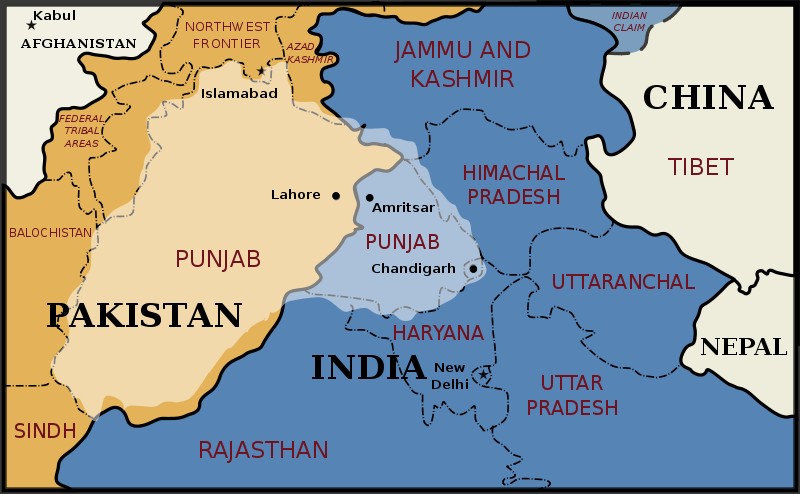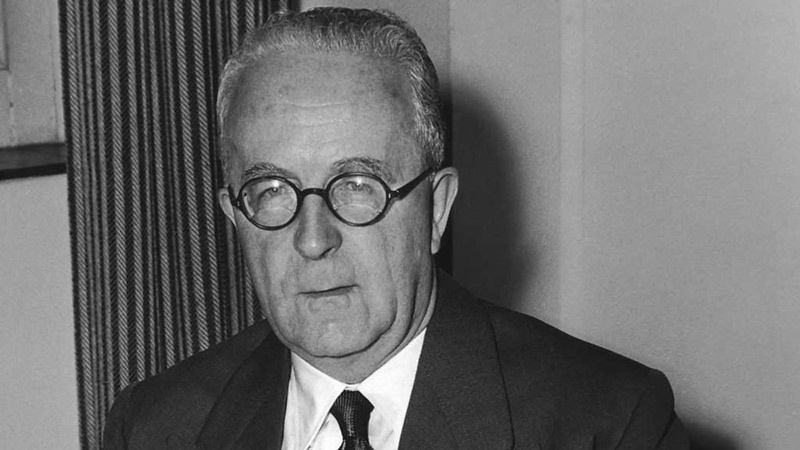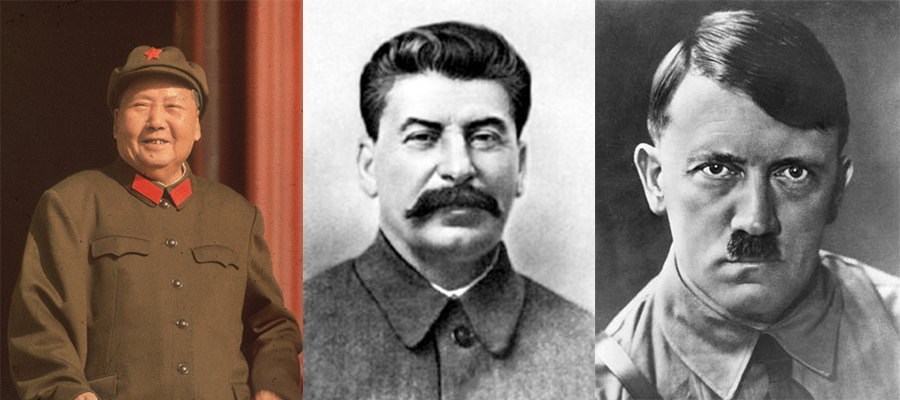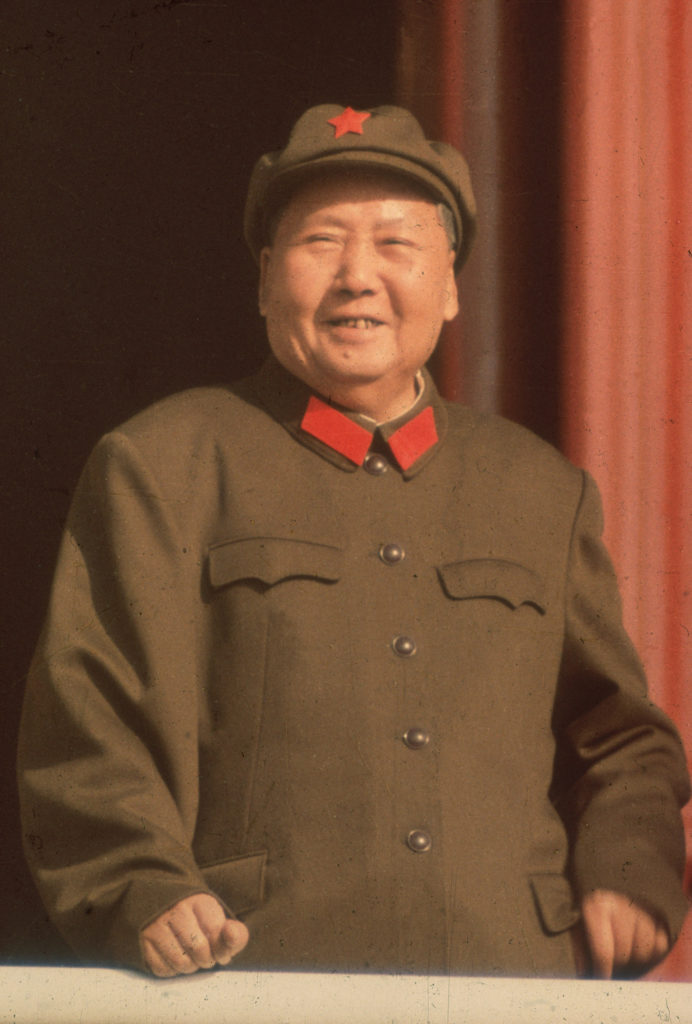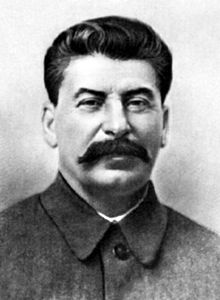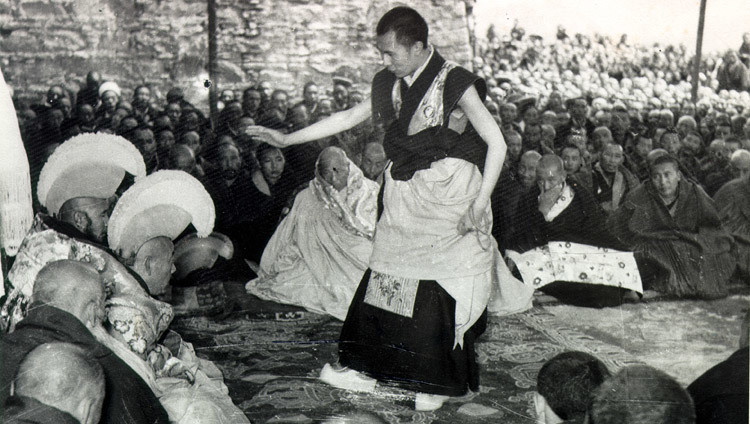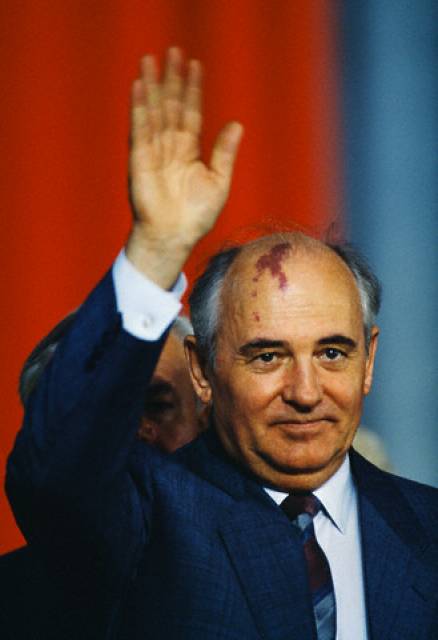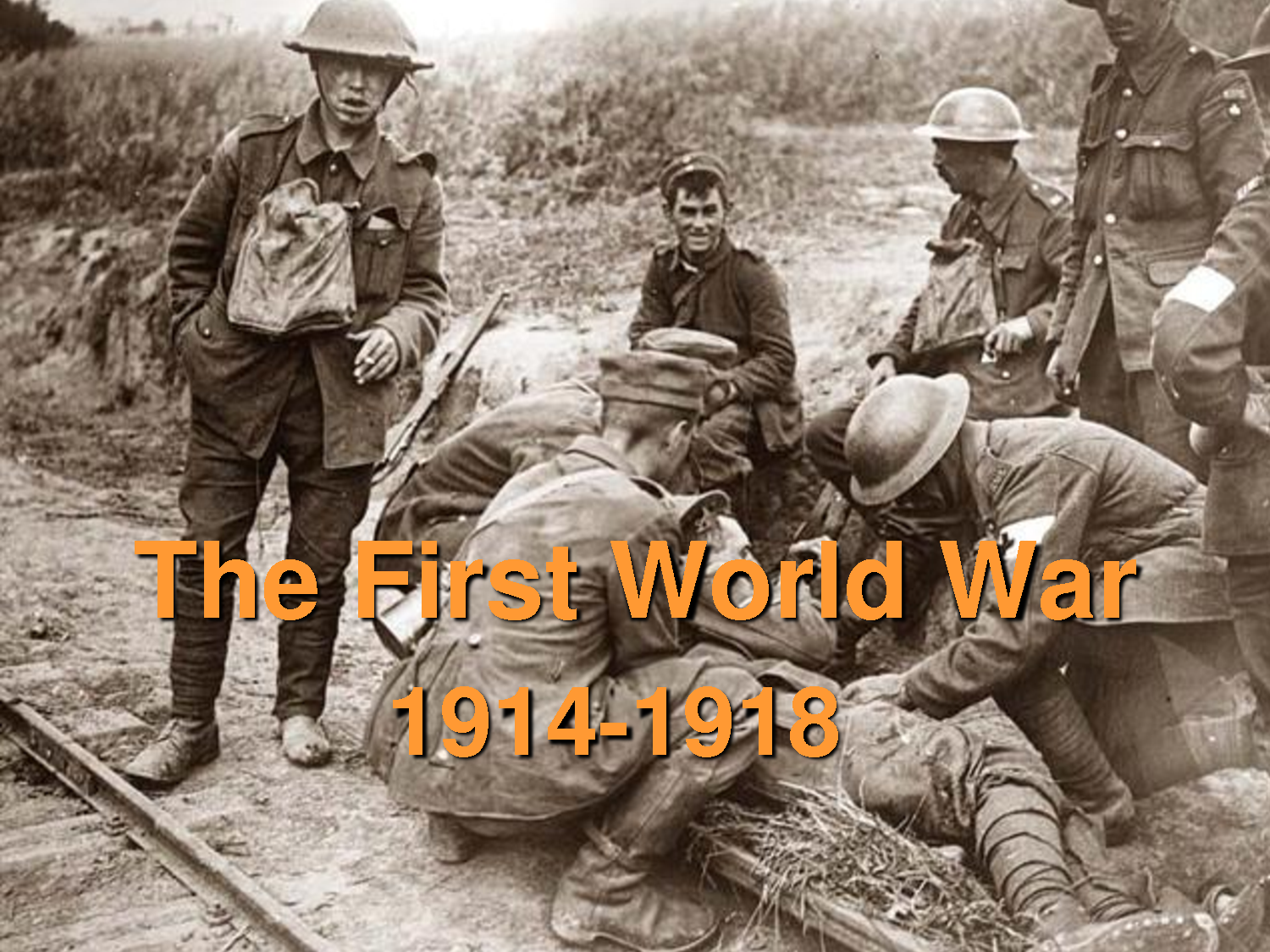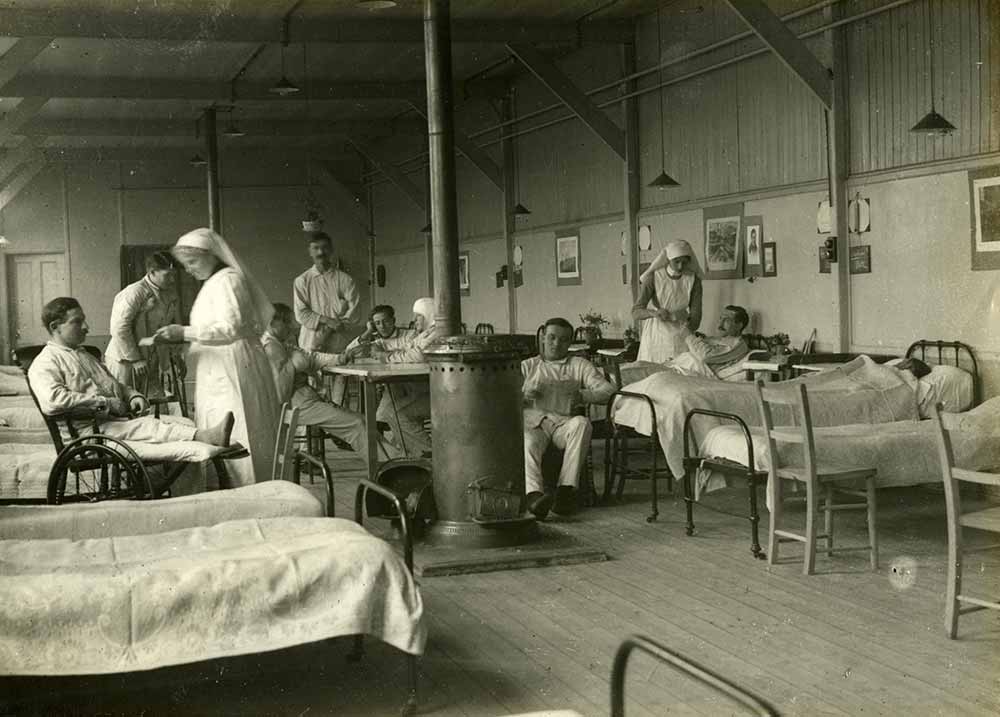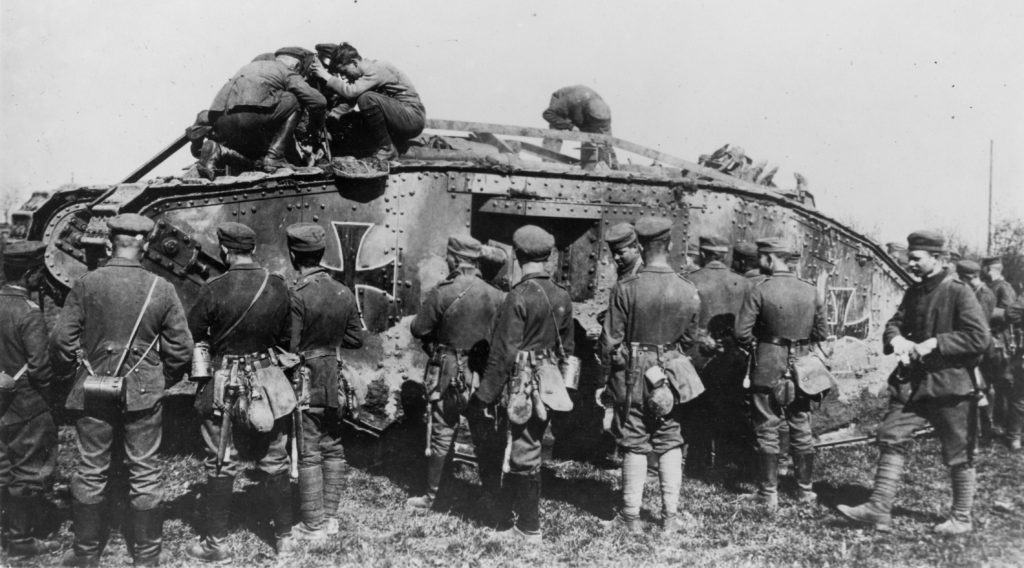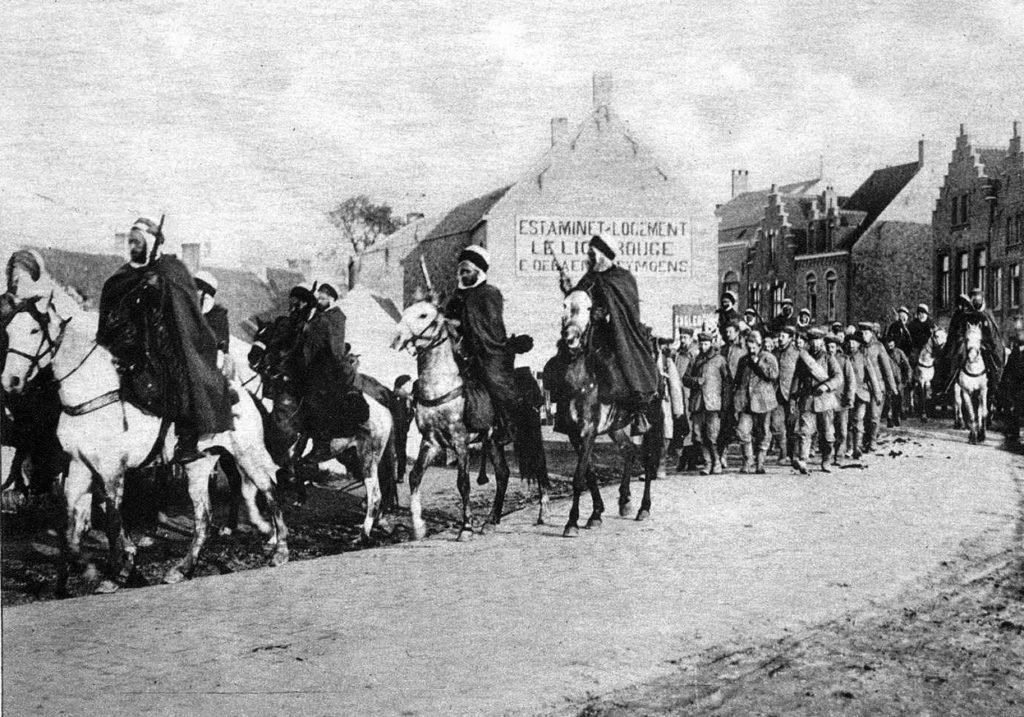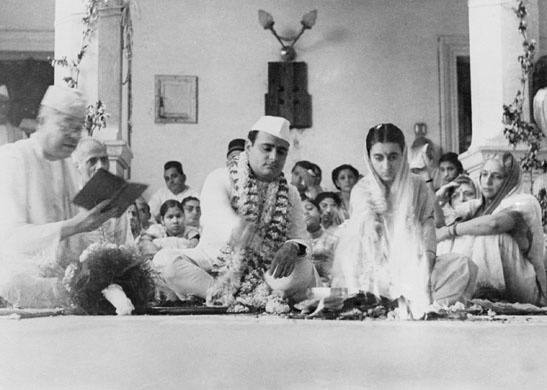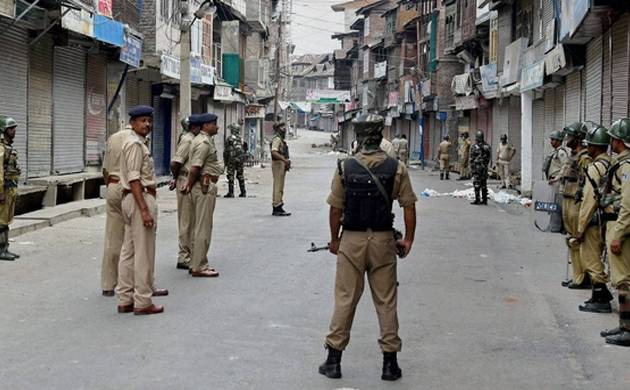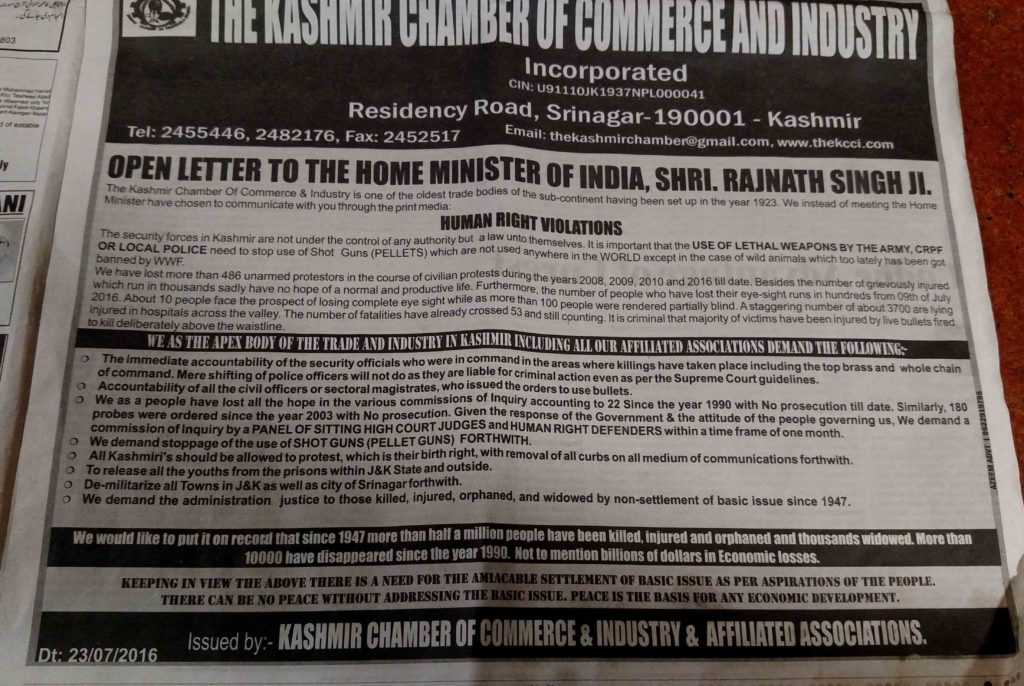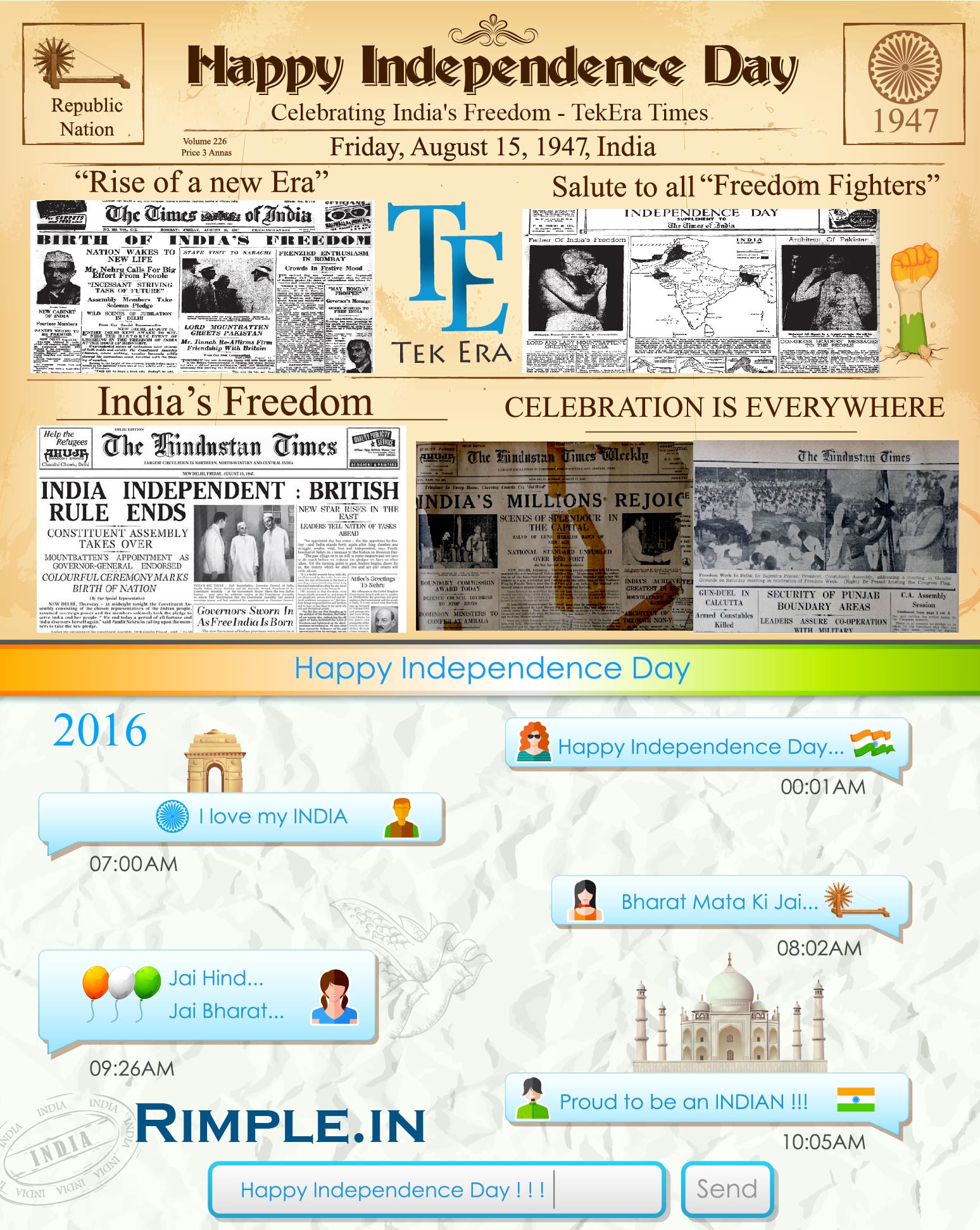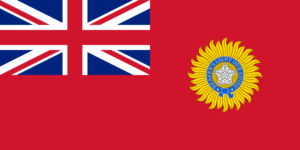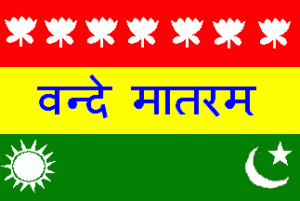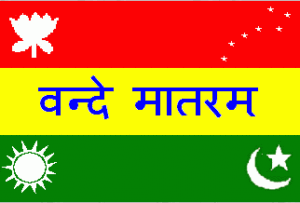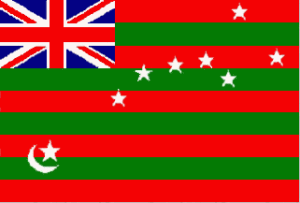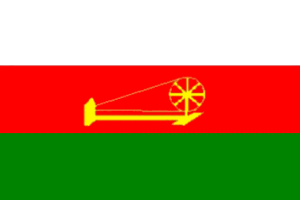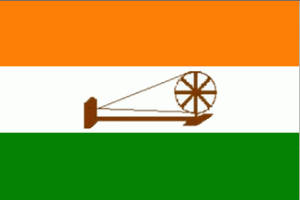Everyone is aware that Dalai Lama is the political and spiritual leader of Buddhism. But what exactly does Dalai Lama mean?
The Dalai Lamas are believed to be manifestations of Avalokiteshvara or Chenrezig, the Bodhisattva of Compassion and the patron saint of Tibet. In Tibetan, Avalokitesvara is known as Chenrezig.
He is responsible for all religious and cultural matters in Tibet. The First Dalai Lama was Gendun Drup, he was born in 1311. There have been 14 Dalai Lamas until now.
When the Dalai Lama dies the Buddhist Council of Tibet searchs for the reincarnation of him. He is then trained and assumes position of Dalai Lama at the age of 18. “Dalai” means “ocean” in Mongolian (the name “Gyatso” comes from the Tibetan word for ocean). “Lama” is the equivalent of the Sanskrit word “guru,” or spiritual teacher. Put together, the title of Dalai Lama is literally “Ocean Teacher,” meaning a “teacher spiritually as deep as the ocean” or “ocean of wisdom”.
In 1578 the Mongol ruler Altan Khan gave the title Dalai Lama to Sonyam Gyatso, third in a line of reborn lamas of the Gelug school of Tibetan Buddhism. The title means “ocean of wisdom” and was given posthumously to Sonyam Gyatso’s two predecessors.
In 1642, the 5th Dalai Lama, Lobsang Gyatso, became the spiritual and political leader of all of Tibet, an authority passed on to his successors. Since that time the succession of Dalai Lamas has been at the center of both Tibetan Buddhism and the history of the Tibetan people.
All 15 Dalai Lama’s:
GEDUN DRUPA, THE 1ST DALAI LAMA

Gendun Drupa was born to a nomadic family in 1391 and died in 1474. His original name was Pema Dorjee.
He took novice monk’s vows in 1405 at Narthang monastery and received full monk’s ordination in 1411. In 1416, he became a disciple of Tsongkhapa, the founder of the Gelugpa School, and eventually became Tsongkhapa’s principle disciple. Gendun Drupa is remembered as a great scholar who wrote a number of books and who founded a major monastic university, Tashi Lhunpo.
Gendun Drupa was not called “Dalai Lama” during his lifetime, because the title did not yet exist. He was identified as the first Dalai Lama several years after his death.
GENDUN GYATSO, THE 2ND DALAI LAMA
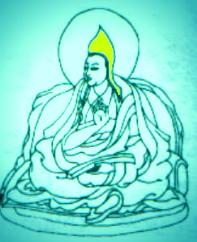
Gendun Gyatso was born in 1475 and died in 1542. His father, a well-known tantric practitioner of the Nyingma school, named him Sangye Phel and gave the boy a Buddhist education.
When he was 11 years old, he was recognized as an incarnation of Gedun Drupa and enthroned at Tashi Lhunpo monastery. He received the name Gendun Gyatso at his monk’s ordination. Like Gedun Drupa, Gendun Gyatso would not receive the title Dalai Lama until after his death.
Gedun Gyatso served as abbot of Drepung and Sera monasteries. He is also remembered for reviving the great prayer festival, the Monlam Chenmo.
SENGDROMA GYATSO, THE 3RD DALAI LAMA

Sengdroma Gyatso was the only female Dalai Lama so far. Actually there are have been 15 Dalai Lamas so far. The current one is 15th one and not 14th one. Sengdroma Gyatso is not listed as Dalai Lama by many. Hence with her the count is 15 and without her the count is 14.
SONAM GYATSO, THE 3RD DALAI LAMA
(4th for if we do not consider Sengdroma as Dalai Lama)

Sonam Gyatso was born in 1543 to a wealthy family living near Lhasa. He died in 1588. His given name was Ranu Sicho. At the age of 3 he was recognized to be the reincarnation of Gendun Gyatso and was then taken to Drepung Monastery for training. He received novice ordination at the age of 7 and full ordination at 22.
Sonam Gyatso received the title Dalai Lama, meaning “ocean of wisdom,” from the Mongolian king Altan Khan. He was the first Dalai Lama to be called by that title in his lifetime.
Sonam Gyatso served as abbot of Drepung and Sera monsteries, and he founded Namgyal and Kumbum monasteries. He died while teaching in Mongolia.
YONTEN GYATSO, THE 4TH DALAI LAMA
(5th for if we do not consider Sengdroma as Dalai Lama)
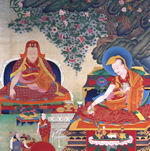
Yonten Gyatso was born in 1589 in Mongolia. His father was a Mongol tribal chief and a grandson of Altan Khan. He died in 1617.
Although Yonten Gyatso was recognized to be the reborn Dalai Lama as a small child, his parents did not allow him to leave Mongolia until he was 12. He received his early Buddhist education from lamas visiting from Tibet.
Yonten Gyatso finally came to Tibet in 1601 and soon after took novice monk’s ordination. He received full ordination at the age of 26 and was abbot of Drepung and Sera monasteries. He died at Drepung monastery only a year later.
LOBSANG GYATSO, THE 5TH DALAI LAMA
(6th for if we do not consider Sengdroma as Dalai Lama)
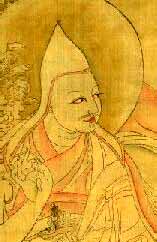
Ngawang Lobsang Gyatso was born in 1617 to a noble family. His given name was Künga Nyingpo. He died in 1682.
Military victories by the Mongol Prince Gushi Kahn gave control of Tibet to the Dalai Lama. When Lobsang Gyatso was enthroned in 1642, he became the spiritual and political leader of Tibet. He is remembered in Tibetan history as the Great Fifth.
The Great Fifth established Lhasa as the capital of Tibet and began construction of Potala Palace. He appointed a regent, or desi, to handle the administrative duties of governing. Before his death, he advised the Desi Sangya Gyatso to keep his death a secret, possibly to prevent a power struggle before a new Dalai Lama was prepared to assume authority.
TSANGYANG GYATSO, THE 6TH DALAI LAMA
(7th for if we do not consider Sengdroma as Dalai Lama)

Tsangyang Gyatso was born in 1683 and died in 1706. His given name was Sanje Tenzin.
In 1688, the boy was brought to Nankartse, near Lhasa, and educated by teachers appointed by the Desi Sangya Gyatso. His identity as the Dalai Lama was kept secret until 1697 when the death of the 5th Dalai Lama finally was announced and Tsangyang Gyatso was enthroned.
The 6th Dalai Lama is most remembered for renouncing monastic life and spending time in taverns and with women. He also composed songs and poems.
In 1701, a descendant of Gushi Khan named Lhasang Khan killed Sangya Gyatso. Then, in 1706 Lhasang Khan abducted Tsangyang Gyatso and declared that another lama was the real 6th Dalai Lama. Tsangyang Gyatso died in Lhasang Khan’s custody.
KELZANG GYATSO, THE 7TH DALAI LAMA
(8th for if we do not consider Sengdroma as Dalai Lama)
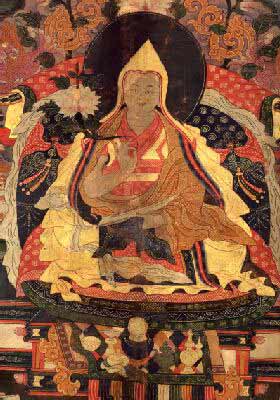
Kelzang Gyatso was born in 1708. He died in 1757.
The lama who had replaced Tsangyang Gyatso as Sixth Dalai Lama was still enthroned in Lhasa, so Kelzang Gyatso’s identification as 7th Dalai Lama was kept secret for a time.
A tribe of Mongol warriors called the Dzungars invaded Lhasa in 1717. The Dzungars killed Lhasang Kahn and deposed the pretender 6th Dalai Lama. However, the Dzungars were lawless and destructive, and the Tibetans appealed to the Emperor Kangxi of China to help rid Tibet of the Dzungars. Chinese and Tibetan forces together expelled the Dzungars in 1720. Then they brought Kelzang Gyatso to Lhasa to be enthroned.
Kelzang Gyatso abolished the position of desi (regent) and replaced it with a council of ministers.
JAMPHEL GYATSO, THE 8TH DALAI LAMA
(9th for if we do not consider Sengdroma as Dalai Lama)
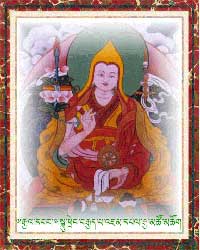
Jamphel Gyatso was born in 1758, enthroned at Potala Palace in 1762 and died in 1804 at the age of 47.
During his reign, a war broke out between Tibet and the Gurkhas occupying Nepal. The war was joined by China, which blamed the war on a feud among lamas. China then attempted to change the process for choosing the rebirths of lamas by imposing the “golden urn” ceremony on Tibet. More than two centuries later, the current government of China has re-introduced the golden urn ceremony as a means of controlling the leadership of Tibetan Buddhism.
Jamphel Gyatso was the first Dalai Lama to be represented by a regent while he was a minor. He completed the building of Norbulingka Park and Summer Palace. By all accounts a quiet man devoted to meditation and study, as an adult he preferred to let others run the government of Tibet.
LUNGTOK GYATSO, THE 9TH DALAI LAMA
(10th for if we do not consider Sengdroma as Dalai Lama)
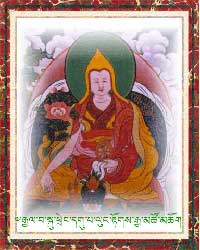
Lungtok Gyatso was born in 1805 and died in 1815 before his tenth birthday from complications from a common cold. He was the only Dalai Lama to die in childhood and the first of four that would die before the age of 22. His reincarnated successor would not be recognized for eight years.
TSULTRIM GYATSO, THE 10TH DALAI LAMA
(11th for if we do not consider Sengdroma as Dalai Lama)
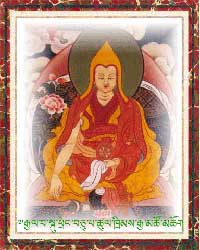
Tsultrim Gyatso was born in 1816 and died in 1837 at the age of 21. Though he sought to change the economic system of Tibet, he died before being able to enact any of his reforms.
KHENDRUP GYATSO, THE 11TH DALAI LAMA
(12th for if we do not consider Sengdroma as Dalai Lama)
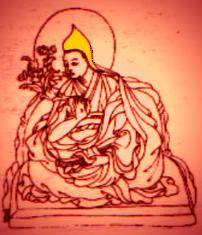
Khendrup Gyatso was born in 1838 and died in 1856 at the age of 18. Born in the same village as the 7th Dalai Lama, he was recognized as the reincarnation in 1840 and assumed full power over the government in 1855–only a year before his death.
TRINLEY GYATSO, THE 12TH DALAI LAMA
(13th for if we do not consider Sengdroma as Dalai Lama)

Trinley Gyatso was born in 1857 and died in 1875. He assumed full authority over the Tibetan government at the age of 18 but died before his 20th birthday.
THUBTEN GYATSO, THE 13TH DALAI LAMA
(14th for if we do not consider Sengdroma as Dalai Lama)
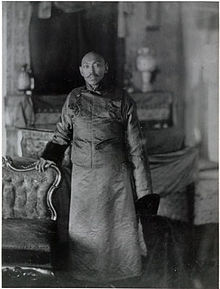
Thubten Gyatso was born in 1876 and died in 1933. He is remembered as the Great Thirteenth.
Thubten Gyatso assumed leadership in Tibet in 1895. At that time Czarist Russia and the British Empire had been sparring for decades over control of Asia. In the 1890s the two empires turned their attention eastward, to Tibet. A British force invaded in 1903, leaving after extracting a short-lived treaty from the Tibetans.
China invaded Tibet in 1910, and the Greath Thirteenth fled to India. When the Qing Dynasty collapsed in 1912, the Chinese were expelled. In 1913, the 13th Dalai Lama declared Tibet’s independence from China.
The Great Thirteenth worked to modernize Tibet, although he didn’t accomplish as much as he hoped.
TENZIN GYATSO, THE 14TH DALAI LAMA
(15th for if we do not consider Sengdroma as Dalai Lama)
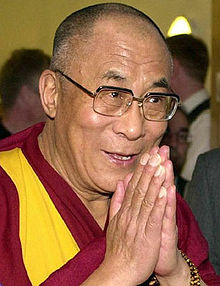
Tenzin Gyatso was born in 1935 and recognized as the Dalai Lama at the age of three.
China invaded Tibet in 1950 when Tenzin Gyatso was only 15. For nine years he attempted to negotiate with the Chinese to save the Tibetan people from the dictatorship of Mao Zedong. However, the Tibetan Uprising of 1959 forced the Dalai Lama into exile, and he has never been allowed to return to Tibet.
The 14th Dalai Lama established a Tibetan government in exile in Dharamsala, India. In some ways, his exile has been to the world’s benefit, since he has spent his life bringing a message of peace and compassion to the world.
The 14th Dalai Lama was awarded a Nobel Peace Prize in 1989. In 2011 he absolved himself of political power, although he is still the spiritual leader of Tibetan Buddhism. Future generations are likely to regard him in the same light as the Great Fifth and the Great Thirteenth for his contributions to spreading the message of Tibetan Buddhism to the world, thereby saving the tradition.



